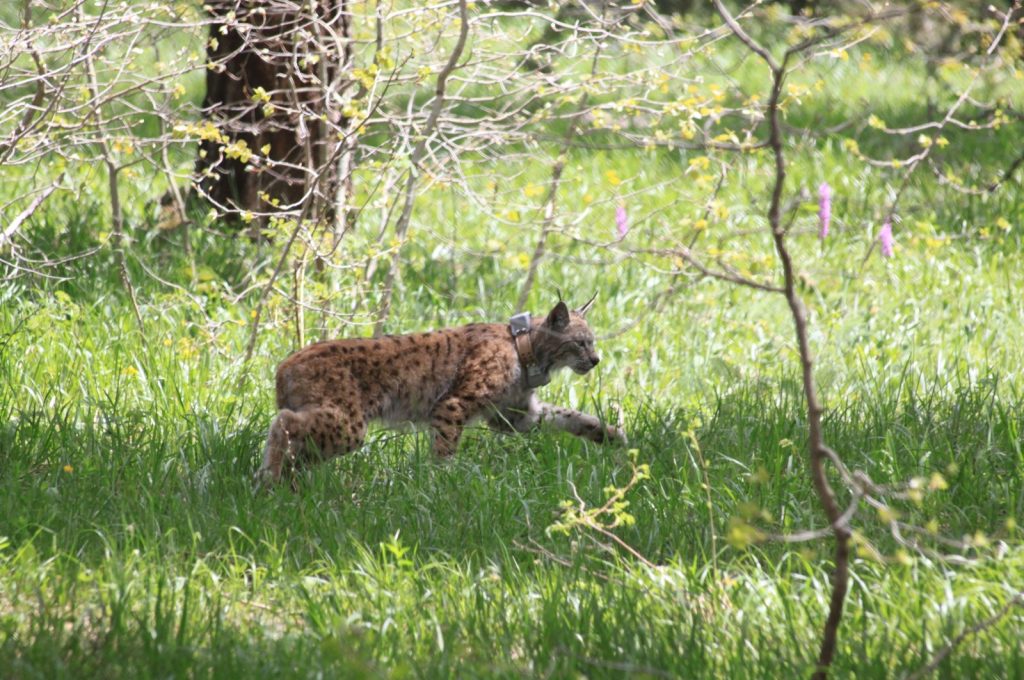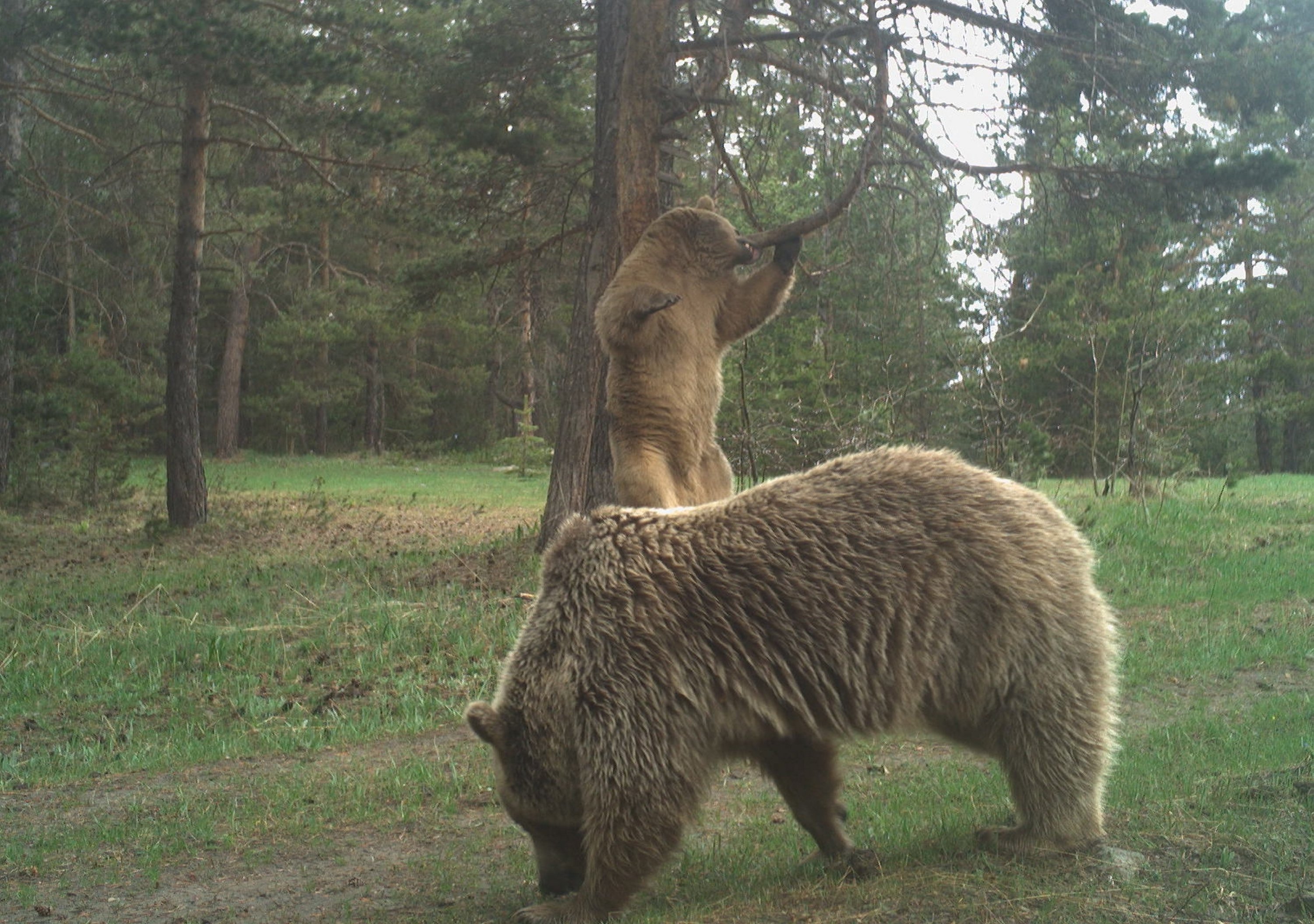The movement of wild animals in the forests of Sarıkamış, a district in eastern Türkiye’s Kars, has been documented over 18 years with more than 500,000 photographs.
The “Large Carnivores Research Project,” initiated in 2006 by the KuzeyDoğan (“NorthNature”) Association, the General Directorate of Nature Conservation and National Parks and universities including Kafkas, Utah and Boğaziçi, have tracked wildlife in various regions of the Allahuekber Mountains National Park and nearby areas.
The project involved placing motion-sensor cameras equipped with heat-detection and video capabilities at different locations across the forests, including the Hamamlı, Komdere, Suludere, Cıbıltepe, Acısu, Handere and Keklik Valleys. These cameras have captured footage of wolves, lynxes, wild boars, rabbits and brown bears living in the Yellow Pine forests.
This year, the cameras also captured images of deer, which have long lived in the forest’s deeper regions.
The study has been instrumental in tracking the populations of these species and researching the areas they inhabit. Emrah Çoban, science coordinator at the NorthNature Association, told Anadolu Agency (AA) that they have been monitoring Sarıkamış forests with cameras for 18 years.
“We have been regularly watching the Sarıkamış forests with cameras for 18 years,” said Çoban. “As technology has advanced, our work has become easier. The cameras’ technology has also improved. We used to rely on film cameras, manually checking photos after developing them. Now, with advancing technology, we use video and motion-sensor cameras.”
Çoban added that the team has been able to gather a variety of footage from cameras placed in different locations. “In 2024, we placed cameras in over 70 locations to observe the wildlife in Sarıkamış,” he explained. “We have captured fascinating footage. We can see the areas used by lynxes, bears and wolves. One of the most striking observations is that wild animals use areas that people occupy during the day, but only at night. This shows that we share this space.”
Çoban emphasized the importance of Sarıkamış forests for wildlife conservation. “With the study, we have obtained more than 500,000 photos. This work highlights how valuable and how much protection Sarıkamış wildlife needs,” he said.
“The Yellow Pine forests in Sarıkamış are our top priority for wildlife protection.”



